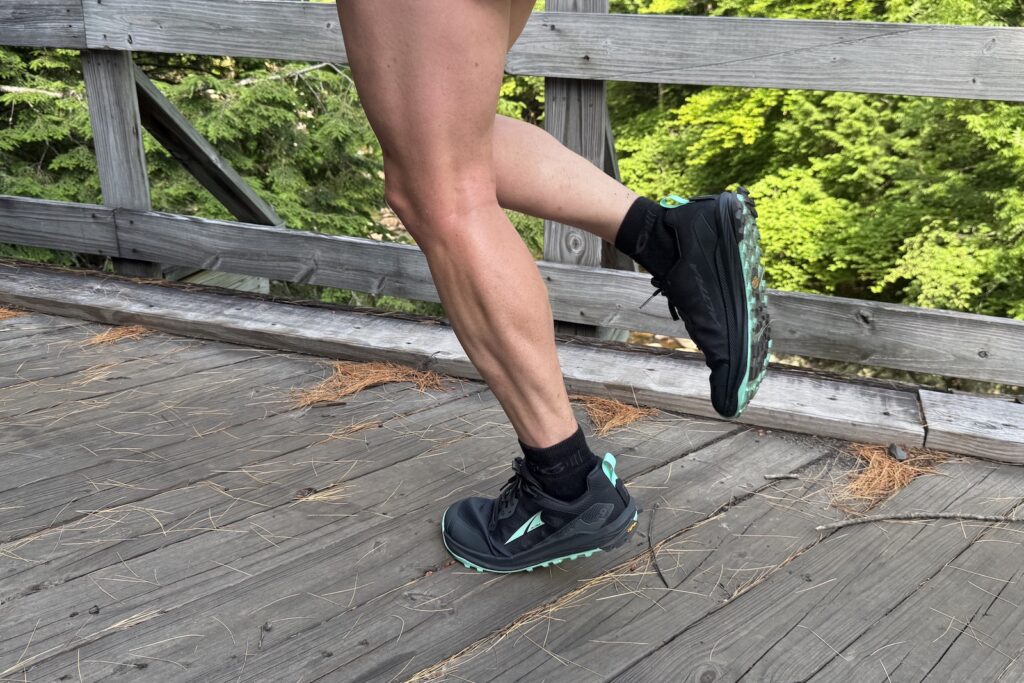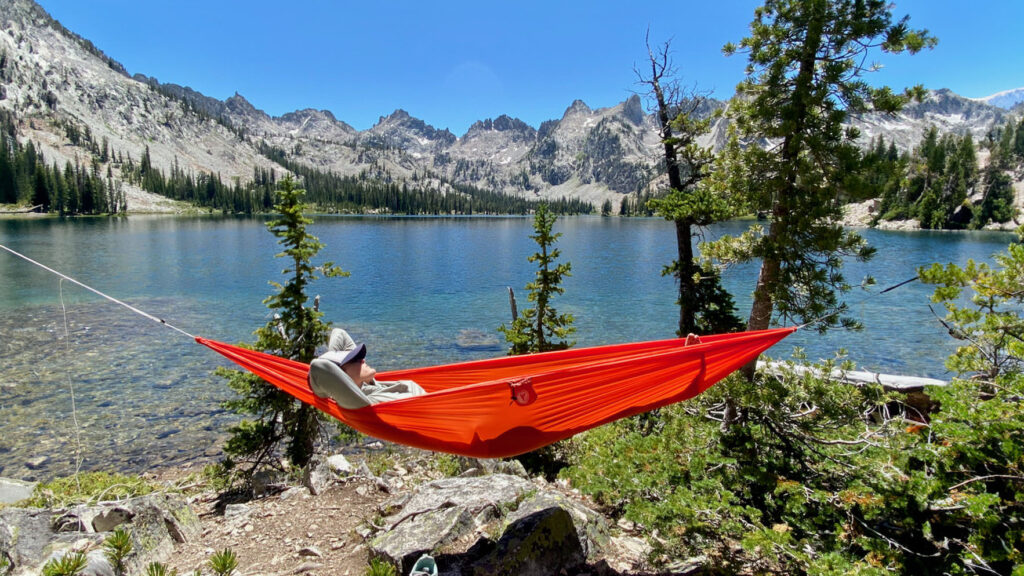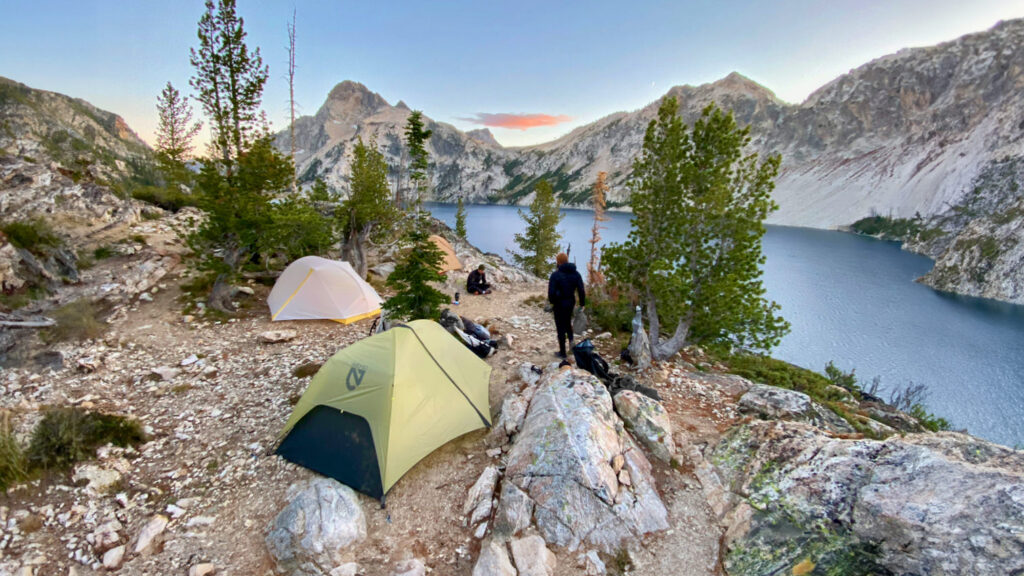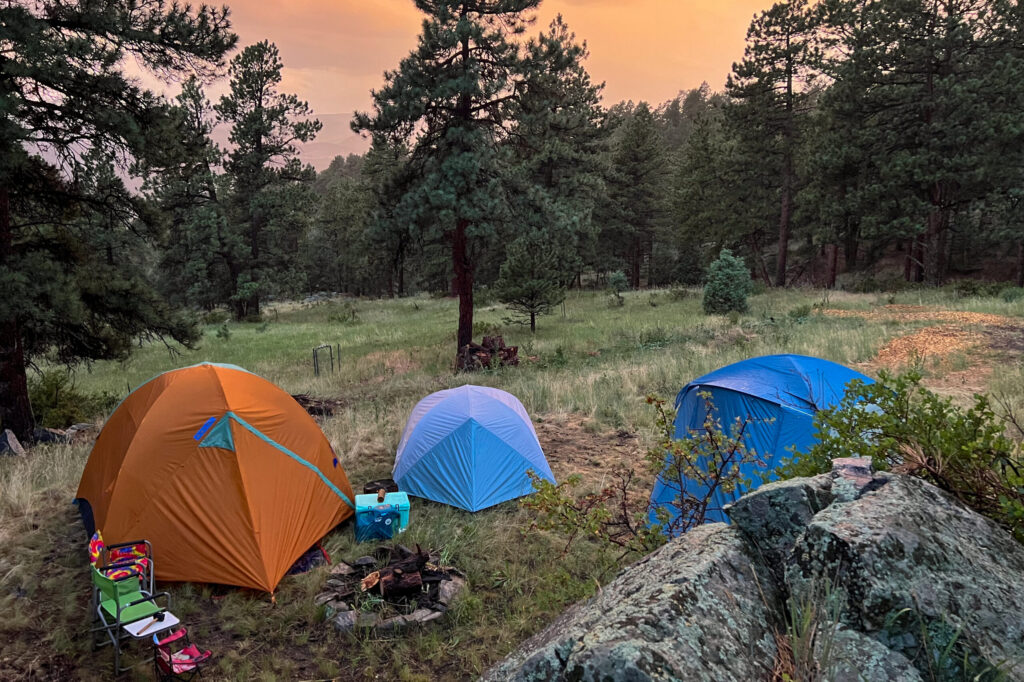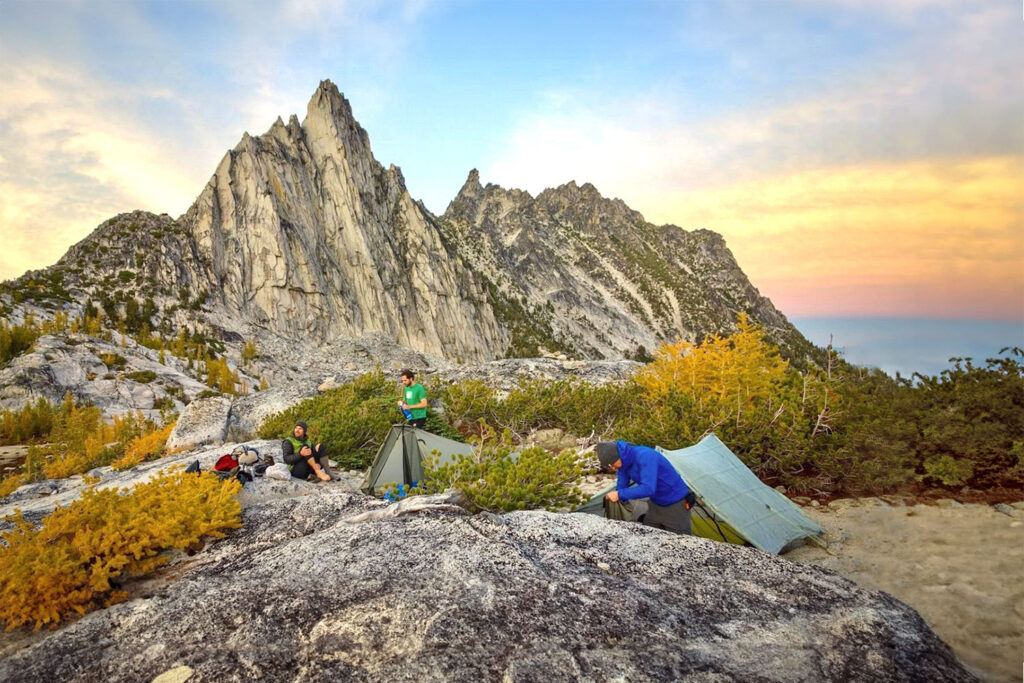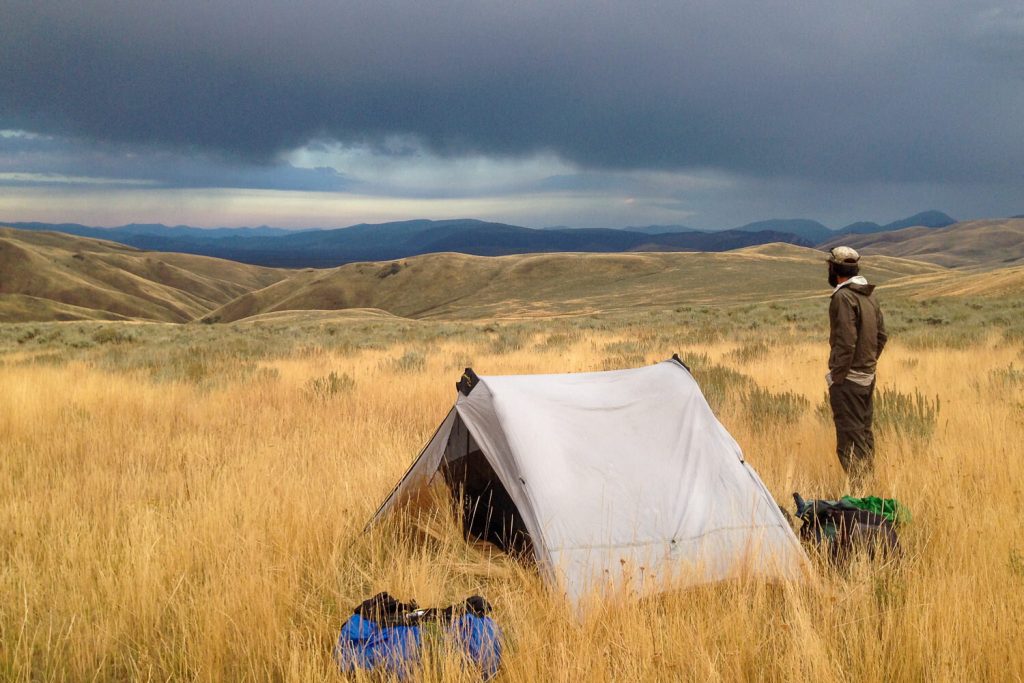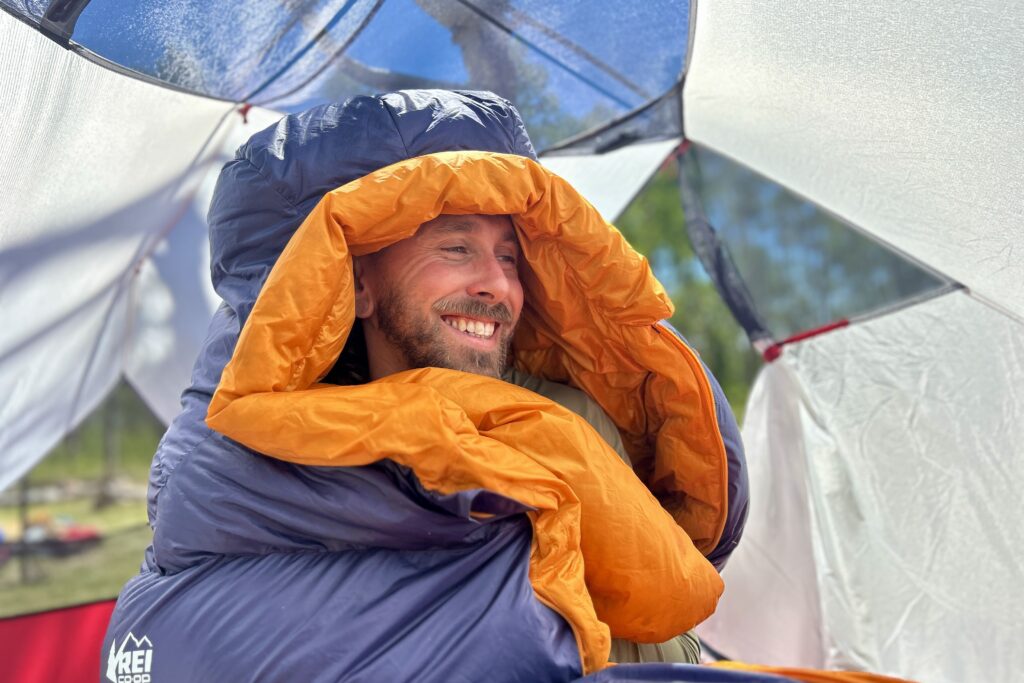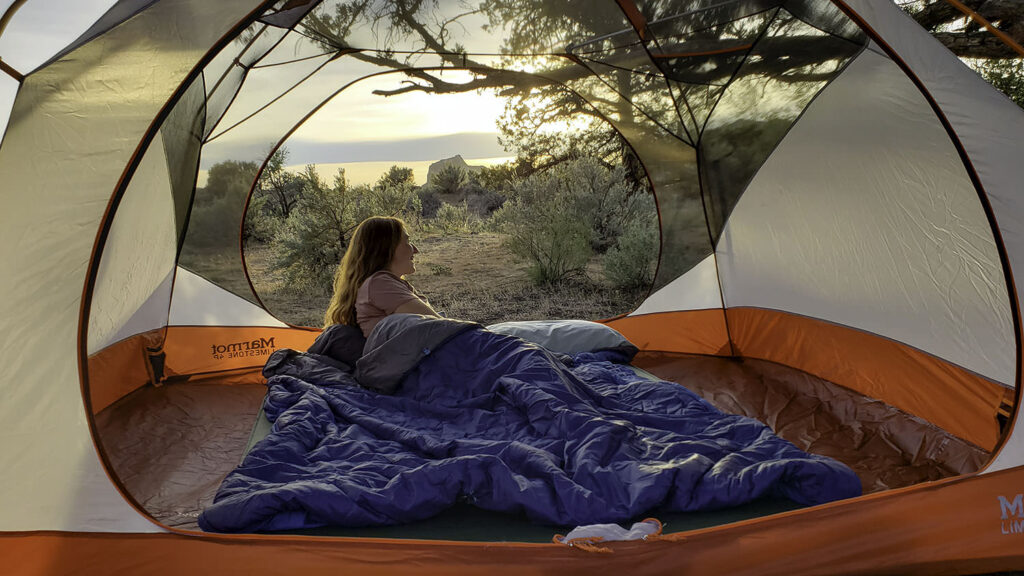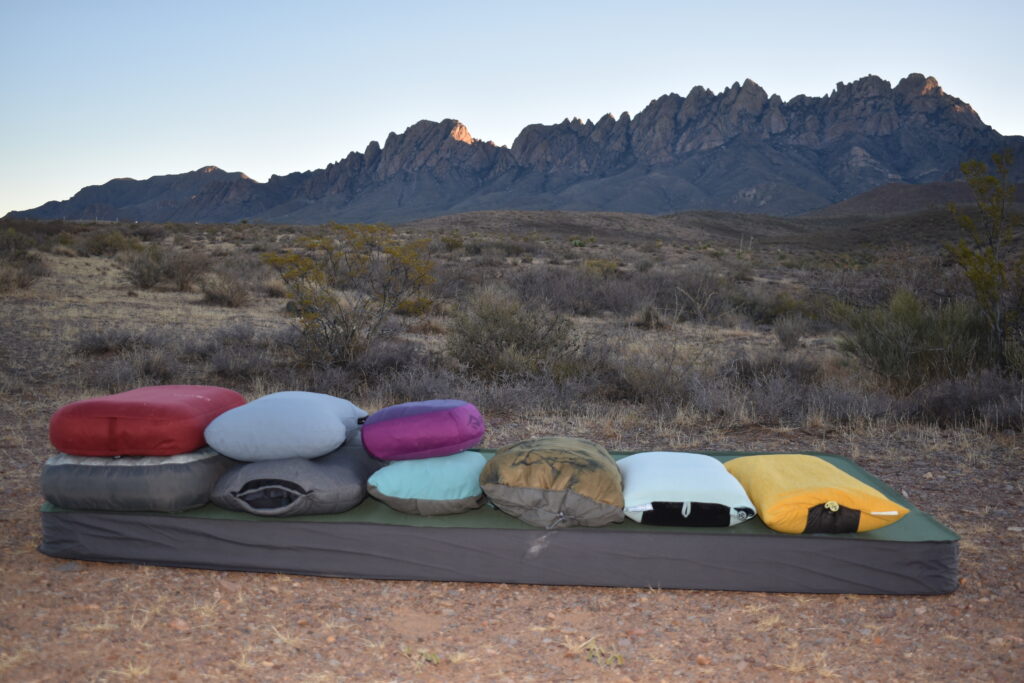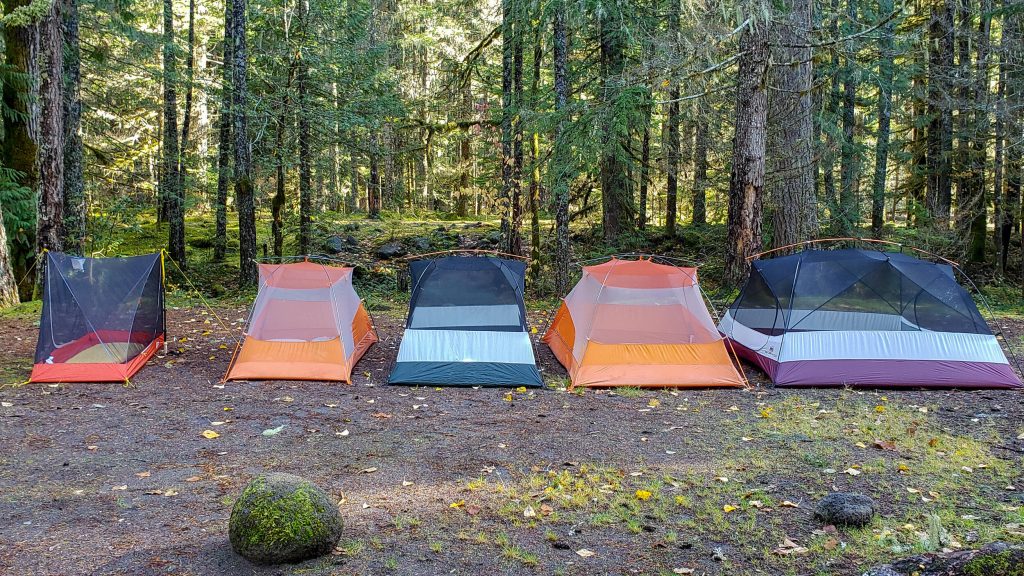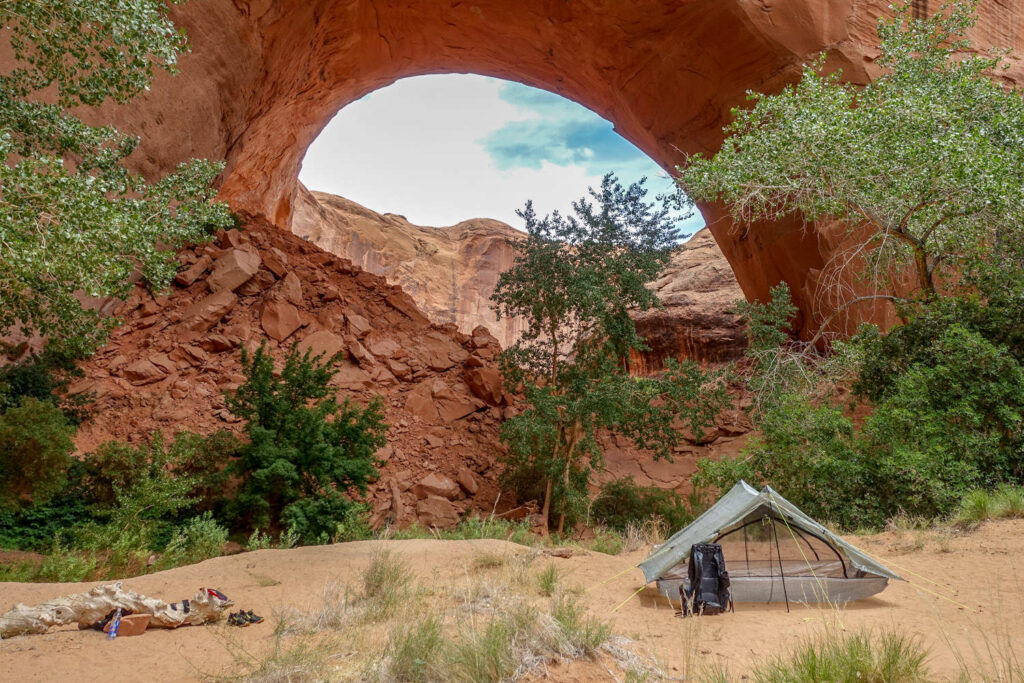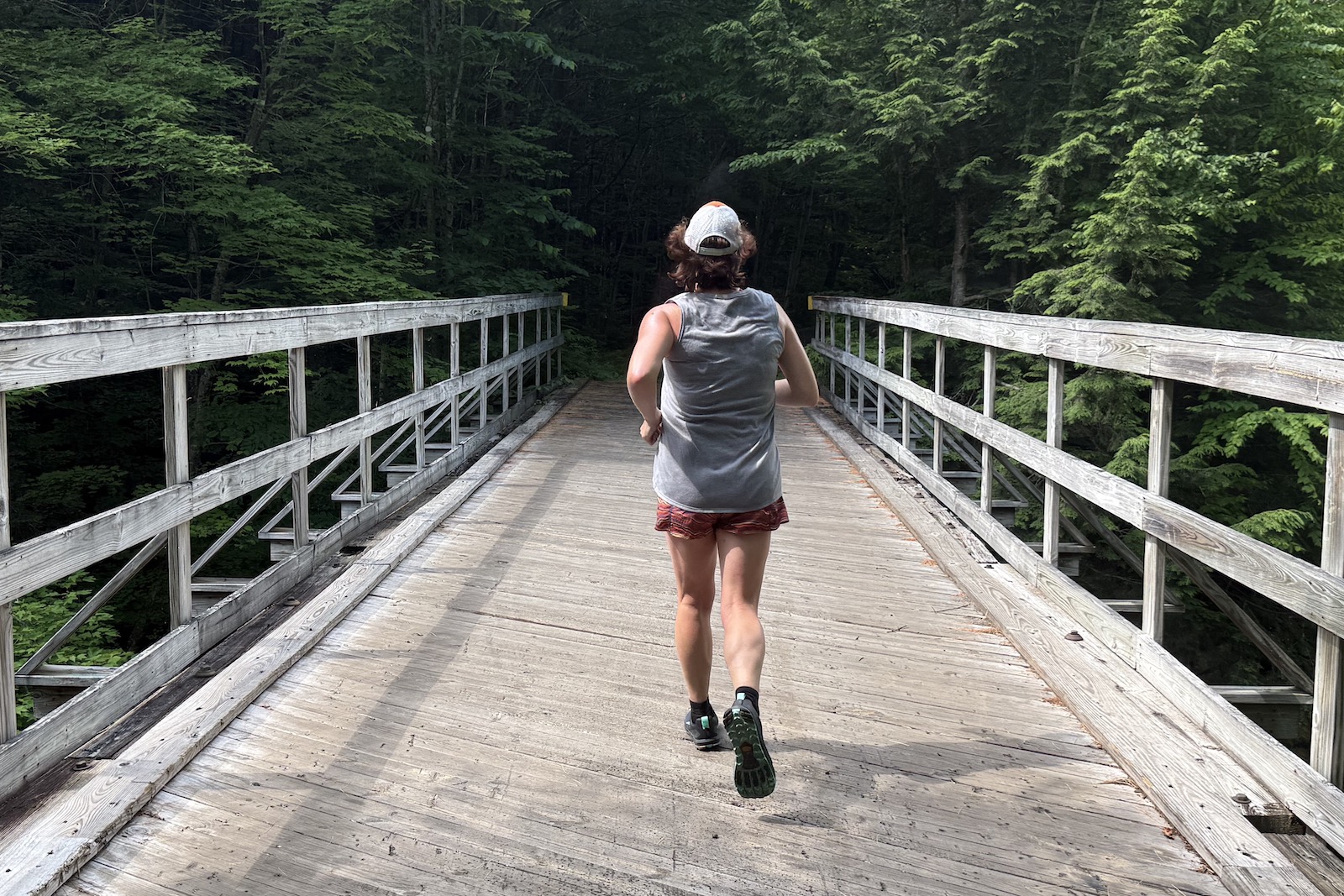
Bottom Line
Altra’s flagship trail shoe continues to offer rugged, zero-drop performance that keeps your feet comfortable without crunching your toes. This newest version of the Lone Peak aims to fix durability issues that affected earlier models by adding no-sew overlays to a 100% Ripstop mesh upper.
This might be the first edition since the original Lone Peak where the upper’s durability matches the rest of the shoe. However, the new upper fabric left our feet feeling a bit stuffy on hot days.
Those seeking ample room in the toe box will find it here, though some might find even the standard width too spacious. We sized down in the 9+ to achieve a secure fit in both the heel and midfoot and used lace locking techniques. However, we still felt our feet slide around in the shoe even when wearing thicker socks.
To see many other options, check out our guide to the best trail running shoes for women.
How We Tested
We took the Lone Peak 9+ on training runs in New Hampshire’s White Mountains before a section hike on the Appalachian Trail.
They handled bike trails, rocks, and singletrack with ease. The Megagrip greatly enhances traction compared to previous models. After a series of disappointing updates, the 9+ is a strong choice from Altra Running.
Quick Specs
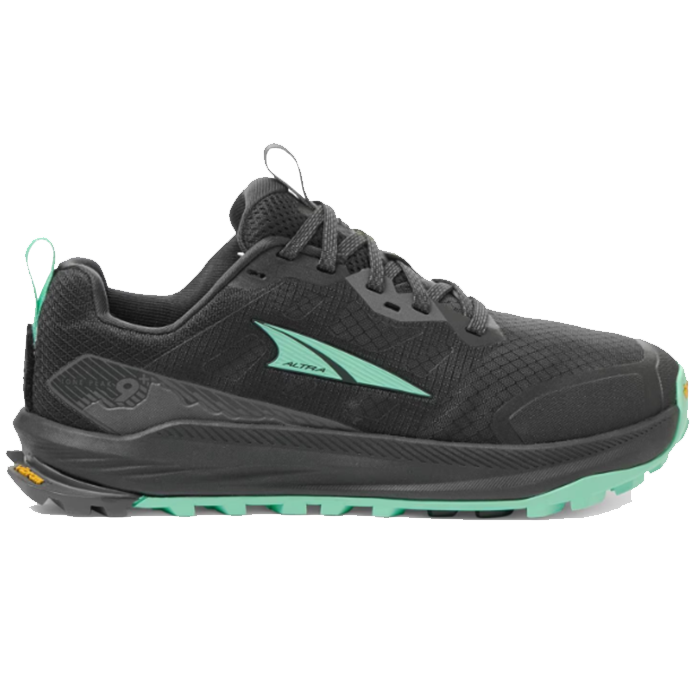
Women’s Altra Lone Peak 9+
Best Zero-Drop Trail Running Shoes
CleverHiker Rating: 3.8/5.0
Price: $155
Weight (Pair): 1 lb. 4.6 oz.
Heel-to-Toe Drop: 0 mm
Cushioning: Moderate
Best For: Mixed Terrain
Pros
- Roomy toe box
- Soft cushion
- Wide sizes available
Cons
- Zero drop can be hard to adjust to
- Regular width will be too wide for some
- Lacked traction on wet surfaces
Traction
The biggest upgrade to the Lone Peak 9+ is in the outsole. The MaxTrac outsole of the 8 was largely disappointing, so replacing it with Vibram Megagrip has significantly improved the shoe’s performance. The 9+ grips wet rocks and slippery surfaces much better than the 8, and we felt secure on slabby rocks during test runs and hikes in New Hampshire’s White Mountains. Additionally, the luggy tread provided solid grip on muddy trails and dirt singletrack.
These improvements earned the Lone Peak 9+ more points in our view and made us feel secure and confident in a wide range of conditions instead of hesitating on tricky terrain. The Lone Peak 9+ performs well on rugged trails whether wet or dry. Hikers and trail runners will find them offer better traction than previous models and worth the higher price.
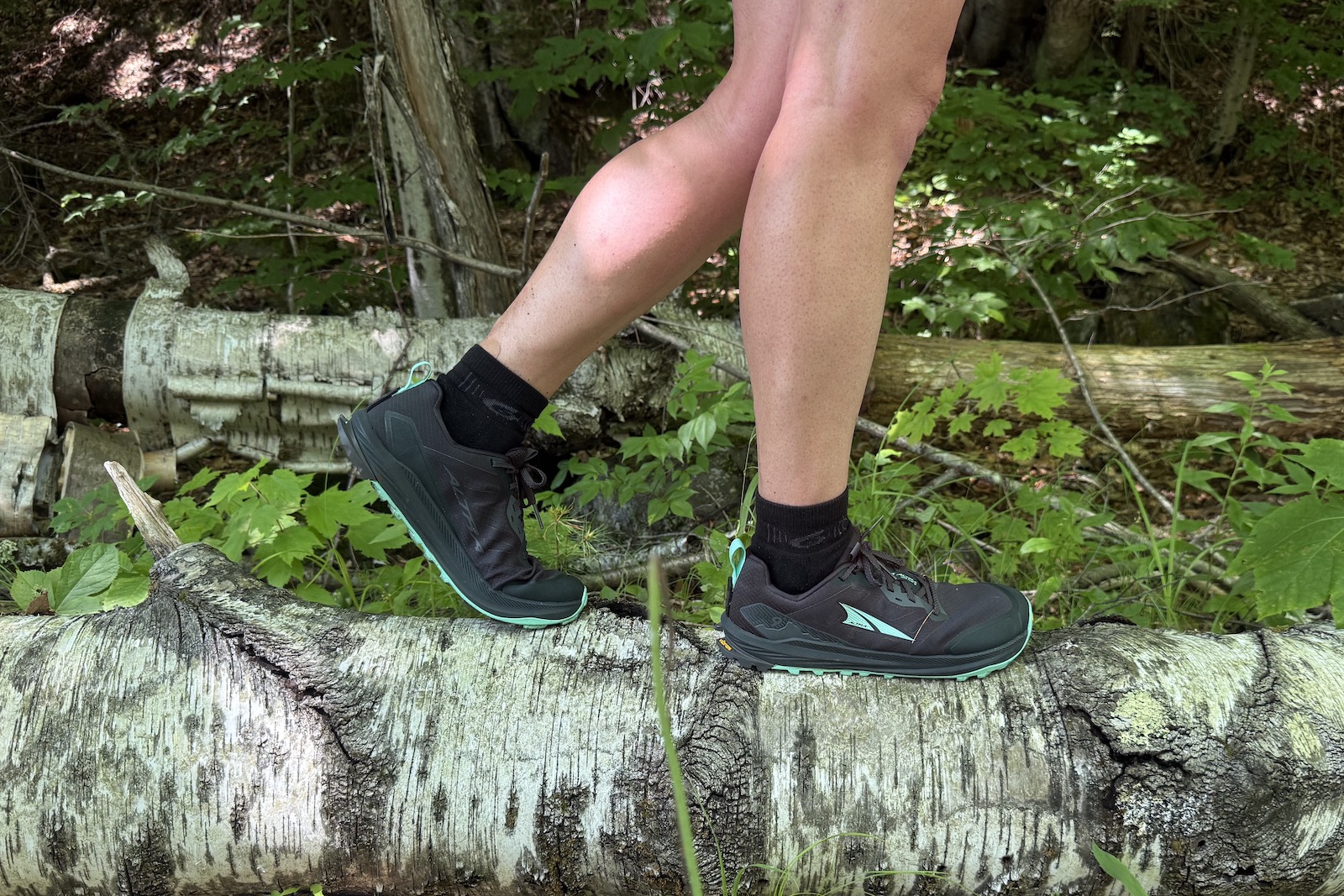
comfort
The Lone Peak 9+ provides moderate cushioning thanks to Altra’s EGO midsole foam. We found this shoe to feel softer than many others in the category, improving comfort without sacrificing ground feel. Even with a modest 25mm stack height, we felt ample cushion on roots and rocks. They were also comfortable on mixed runs that included bike paths and gravel roads.
However, the lack of arch support in the Lone Peak left us feeling flat and wishing for more support in the midfoot as we logged miles. This isn’t new to the 9+ and remains an ongoing issue with this shoe. Fans of zero-drop footwear will be happy to see that this feature remains unchanged. But if you’re not used to the zero-drop platform, be prepared for potential adjustments in your calves and tendons as your body adapts. We prefer the more minimal drop (4mm) shoes, and it always takes a while to get used to the “flatness” of the Lone Peak when we wear them.
Like previous models, we found the regular width to be a bit too roomy, even though we typically need wide width in other brands. The upgraded upper reduces some of the swimming feeling we experienced with the 8, but we also went down half a size. People with average or narrower feet might find this an issue and should consider trying other options.
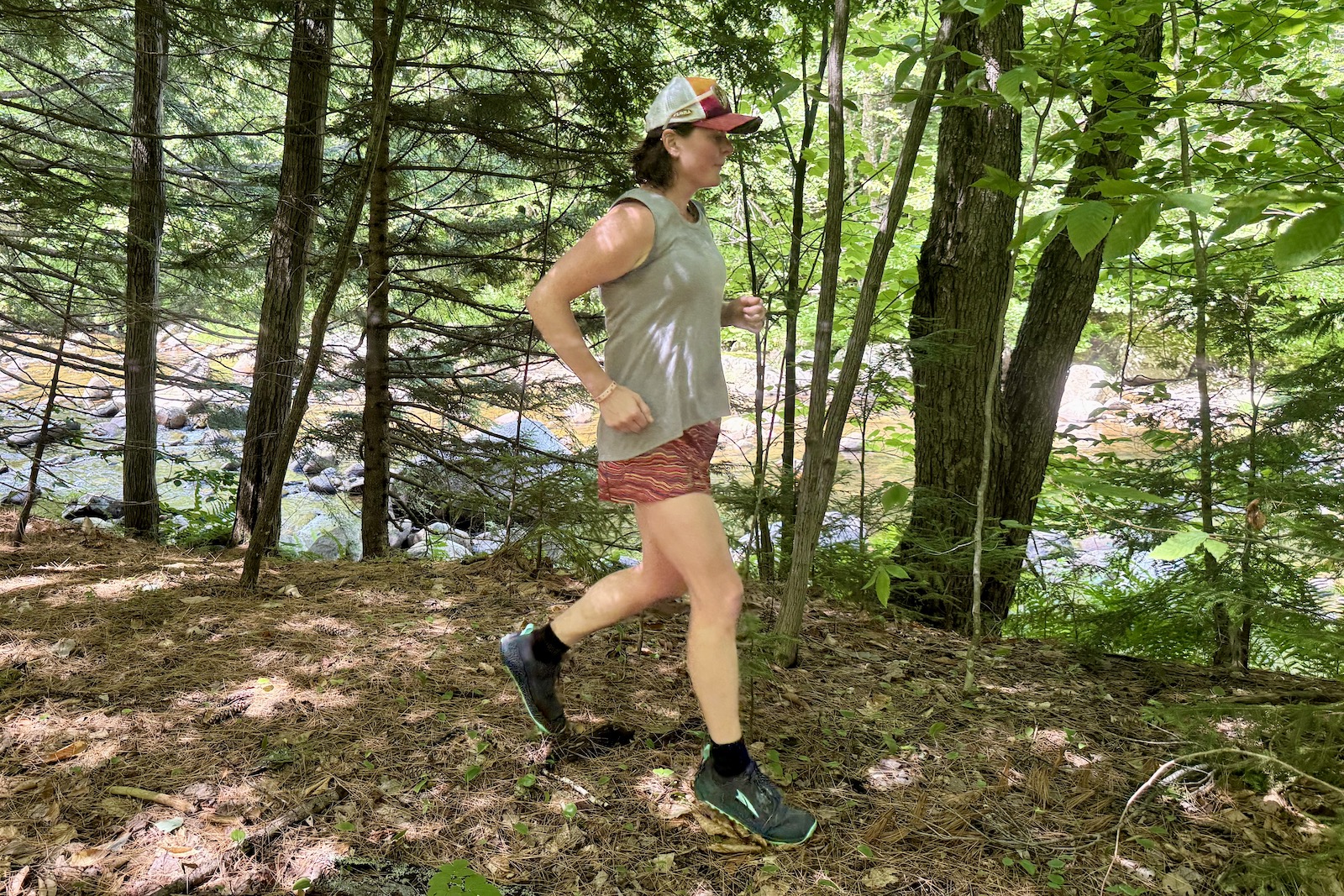
Weight
Despite using a lighter foam than in previous models, the Lone Peak 9+ actually weighs more than the 8. However, we didn’t notice much difference when we were running. Overall, the Lone Peak continues to strike a good balance between comfort and weight, thanks to a squishy midsole and weights that fall right in the middle of the spectrum for trail runners.
Our testers found that even during long training runs, they had no problems picking up their feet. The weight difference in these isn’t a significant enough change to impact their overall performance. Their moderate weight offers a lower fatigue factor, which makes them a good choice for backpacking or thru-hiking where the weight of footwear really matters.
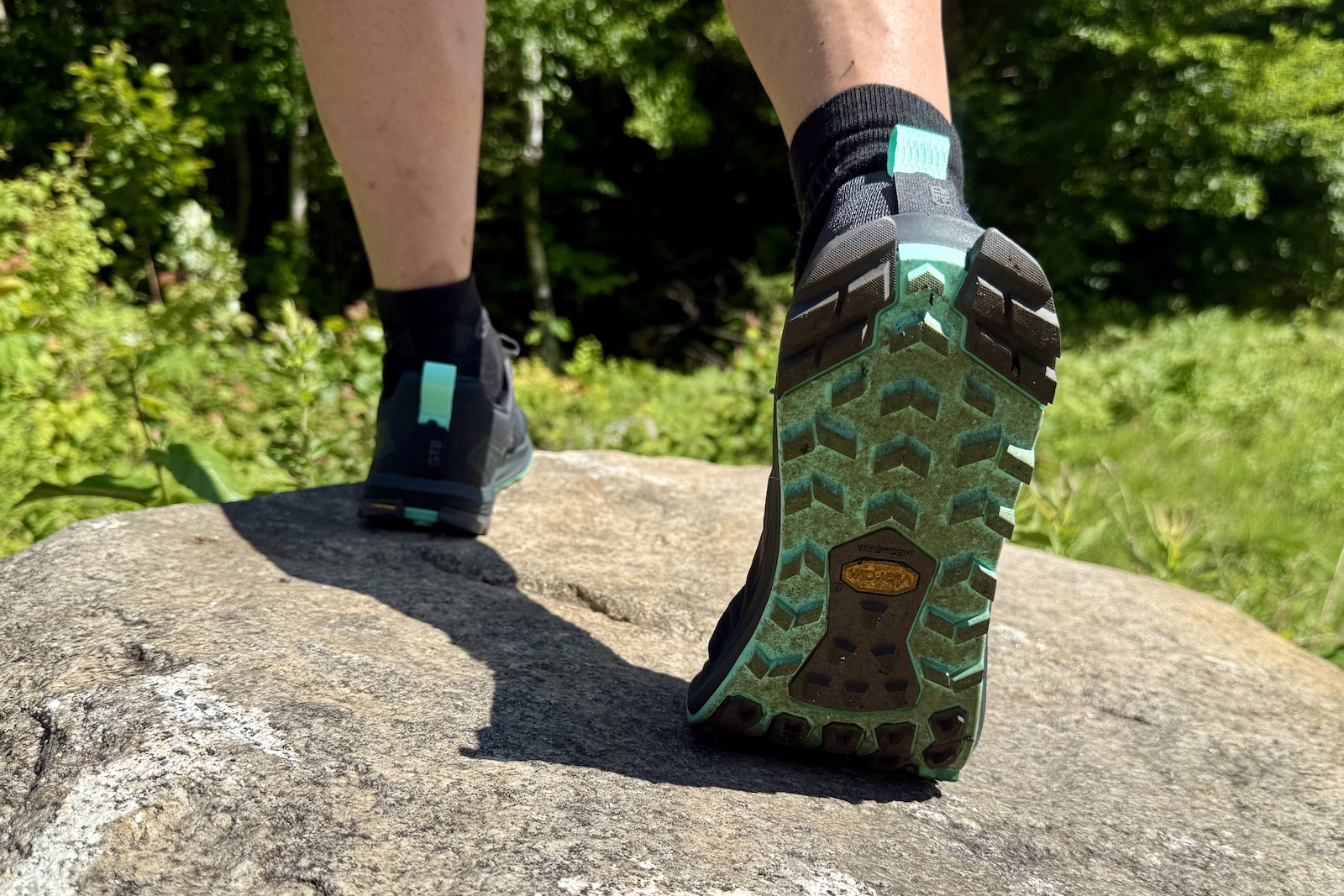
Durability
Altra has taken steps with every new release to address the durability concerns in the upper that have plagued the Lone Peak for several iterations. In this update, they may have finally succeeded. The 9+ has a 100% RPET ripstop mesh upper and upgraded no-sew overlays. Together, these seem to have created a durable trail shoe that won’t fall apart on the sides before the midsole begins to break down.
During our testing, we didn’t notice any significant damage to the uppers, and fortunately, no durability issues arose during our runs. If Altra has finally addressed the upper durability problems, the Lone Peak 9+ could provide good value for trail runners and backpackers alike, even with the higher price.
A potential durability issue stems from excessive lateral movement in the forefoot that some users may experience due to the shoe’s roominess. This movement puts extra stress on the sides of the upper. Repeated impact could potentially cause problems where the upper connects to the outsole. Runners who find the toe box too loose but still want room for their toes might want to consider the Topo Traverse instead.
Breathability
The downside of upgrading the mesh to boost durability is that breathability has decreased. Our feet felt stuffy even after short outings in warmer weather. This isn’t a new issue, as we also experienced it with the 8. We had hoped the 9+ would provide a more breathable solution to the durability problem.
Still, this isn’t a deal breaker. The upper remains reasonably breathable, and our feet never developed hot spots or blisters. Those who train in hot and humid conditions might want to look for an option with better airflow, such as the Saucony Peregrine 14.
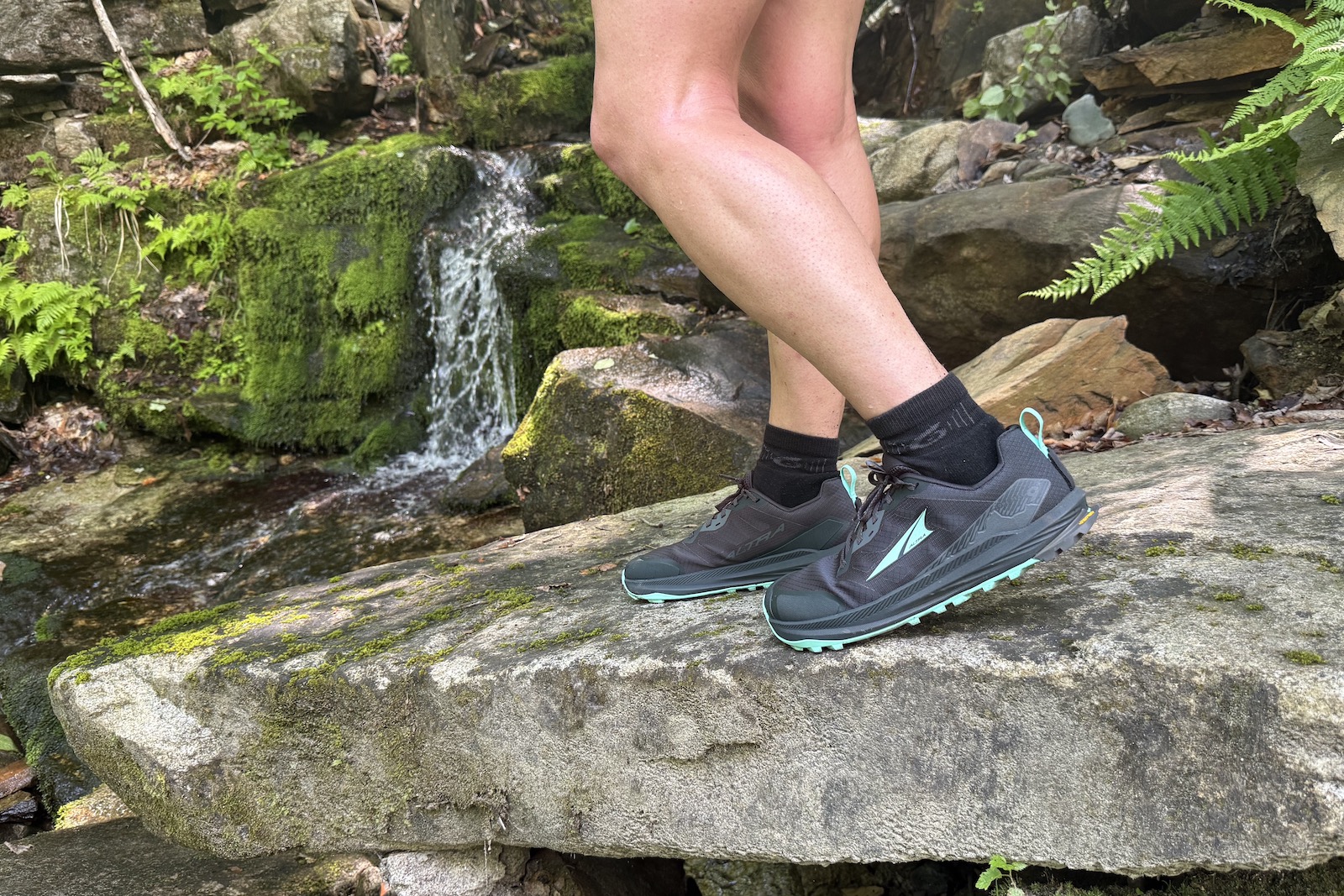
Responsiveness
While some wider shoes can feel bulky, the Lone Peak 9+ feels reasonably agile on moderate trails, though narrow trails and technical spots were harder to navigate. We felt less secure on tight turns because of the extra room in the toe box. This added lateral movement in the toe box repeatedly made us feel unstable in the forefoot, especially during quick turns or rocky sections.
Still, we liked being able to feel connected to the trail during our runs, and those seeking that connection will be happy with the Lone Peak 9+.
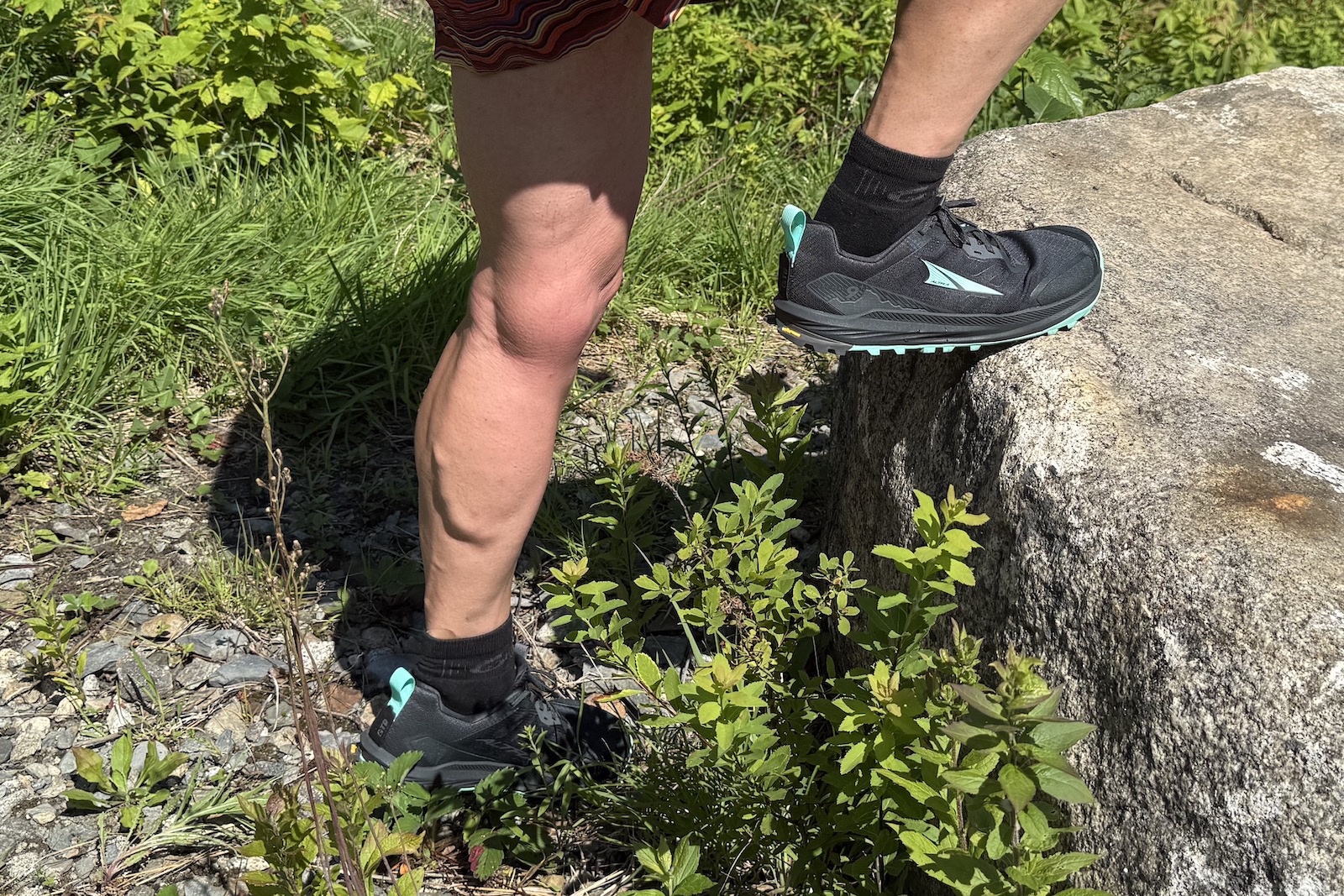
Should You Buy the Women’s Altra Lone Peak 9+?
If you’re looking for shoes that easily accommodate wider forefeet or if you need a high-volume fit, the Lone Peak 9+ could be a good choice. Those who struggle to find shoes that are spacious enough, battle blisters between their toes, or experience discomfort from pressure points caused by bunions will find these shoes offer the right amount of room.
The traction and cushion are both moderate, making them practical for a wide range of trail users. Those accustomed to a higher drop might have difficulty adjusting to the zero-drop platform without injury.
The Lone Peak 9+ is a reliable choice whether you’re hitting the trails for a run or going on a thru-hike. Its versatility offers good value for those seeking a trail shoe that can handle both running and hiking.
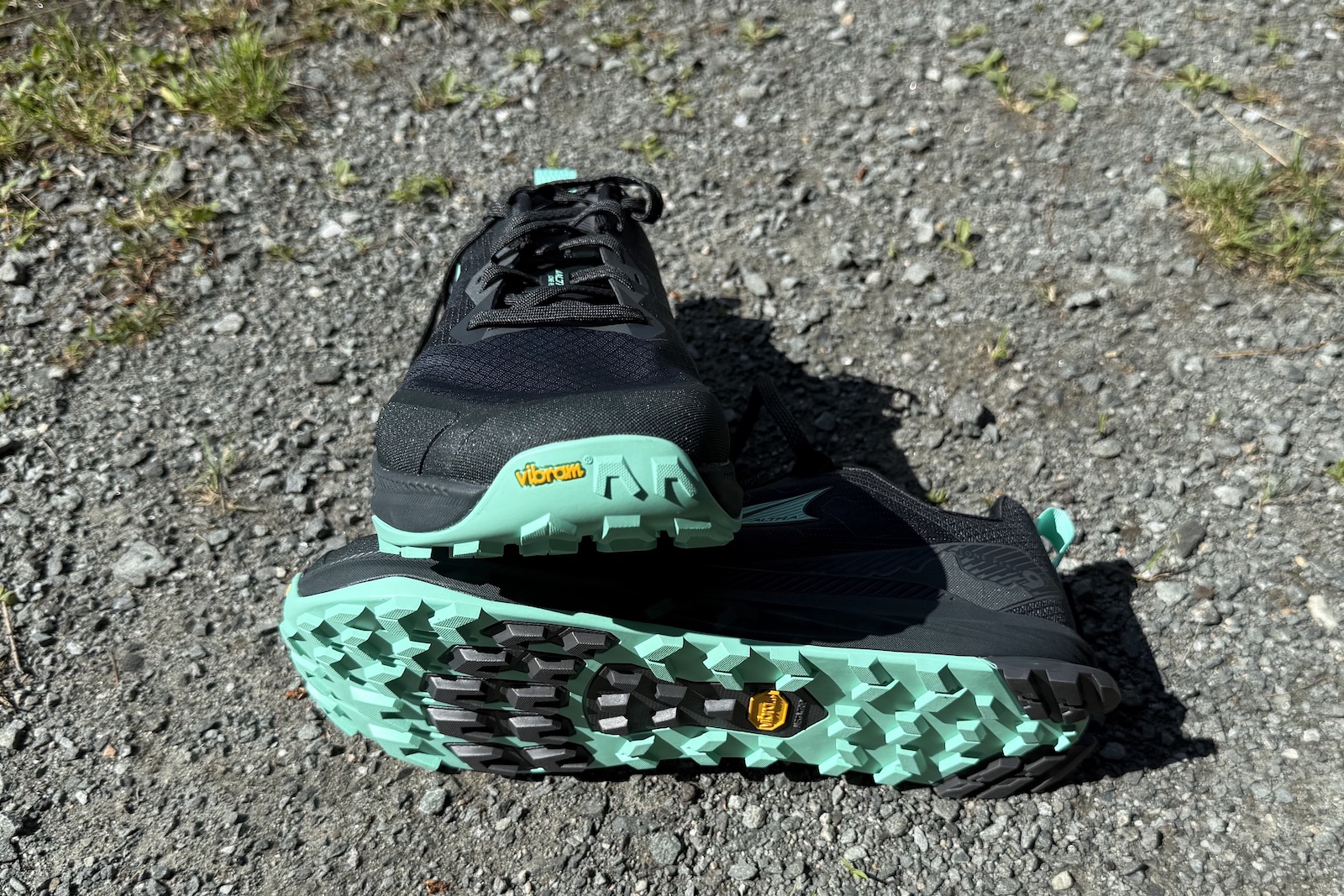
What Other Women’s Trail Runners Should You Consider?
If the Lone Peak 9+ isn’t for you, check out these similar trail runners that offer plenty of room for the toes.
Saucony Peregrine 15 Review: Check out this Editor’s Pick if you’re looking for a minimal drop trail shoe that offers room for your toes while keeping a more traditional profile.
Hoka Speedgoat 6 Review: If you’re looking for a minimal shoe with more traction and durability, check out this former Editor’s Pick. These shoes are at home on rugged trails and have even more room in the foot box than the Lone Peak 8.
Brooks Cascadia 18 Review: If you’re looking for plenty of toe room, a more standard drop, and more durability, these trail runners may be just the ticket. They are available in two widths.
